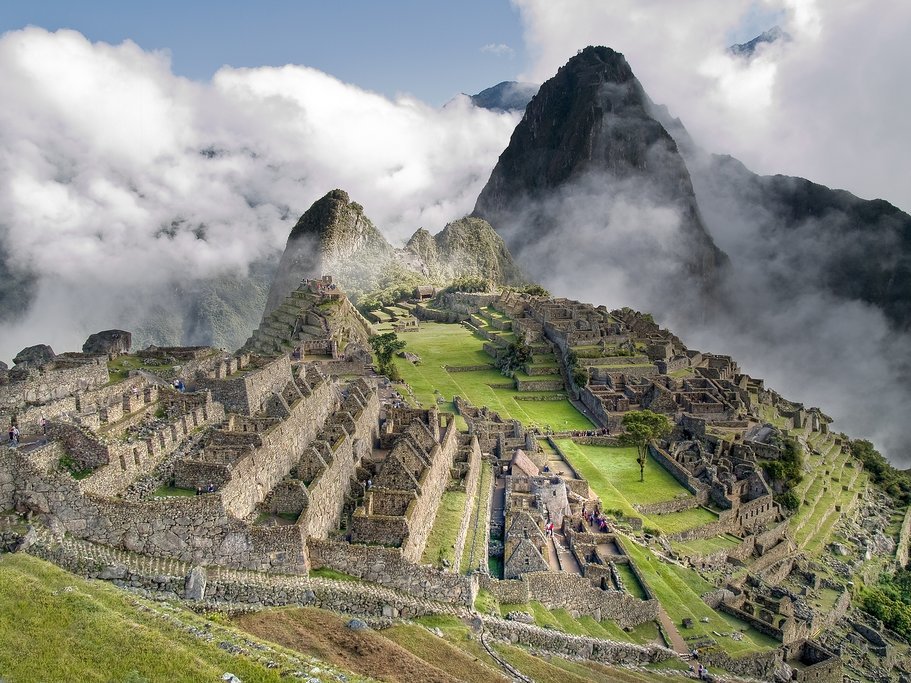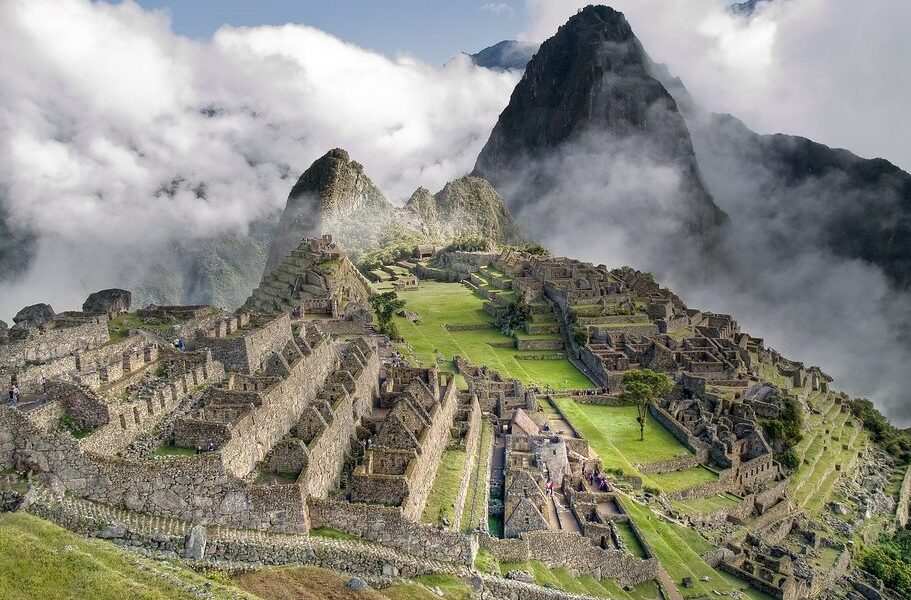
For tourist-free views of Machu Picchu, visit in January. Peru’s most popular attraction is much less crowded in the wet season. Rainy weather means a lot of mud—and far-from-ideal trekking conditions. But with the rain, flora flourishes. When the rains clear, as they often do, Machu Picchu appears spectacularly verdant.
## Weather in Machu Picchu during January
January presents a unique set of conditions for visiting Machu Picchu. While it ranks among the rainiest periods of the year – following closely behind February, the peak of the rainy season, and sharing the second-wettest spot with March – it also stands out as one of the warmest months in the Peruvian highlands. Expect daytime highs to hover around a pleasant 66°F (19°C), while nighttime temperatures dip to approximately 45°F (7°C). This relatively narrow temperature range makes January one of the months with the least fluctuation in temperature throughout both Cusco and the Sacred Valley, offering a more consistent climate compared to other times of the year.
However, it’s crucial to be aware of the potential disruptions caused by the increased rainfall. Landslides can occur, particularly affecting train services heading towards Machu Picchu. Similarly, flights operating between Lima and Cusco may be subject to delays or cancellations due to adverse weather. A practical tip to mitigate the risk of flight disruptions is to opt for a morning flight. The typical pattern during the wet season involves deteriorating weather conditions in the afternoon, making morning flights a more reliable choice.
## Crowd Levels and Costs in the Sacred Valley
Following the surge in tourism experienced during the Christmas and New Year holidays, and occurring just before the Inca Trail’s closure in February for maintenance, January offers a window of opportunity to find surprisingly attractive deals in the Sacred Valley. Hotels often present competitive rates, and even adventure tour agencies might feature special promotions on various activities. While tourist numbers on the Inca Trail and at Machu Picchu remain substantial compared to many other destinations in Peru, they are considerably lower than during peak seasons. This means a potentially more relaxed and less crowded experience at these iconic sites.
## Activities and Experiences in and Around Machu Picchu
A visit to Machu Picchu is much more than just exploring the ancient ruins themselves, which are perfectly accessible and enjoyable during January. While trekking the Inca Trail is still possible this month, it’s worth noting that the weather conditions might not be optimal for hiking. However, the region offers a plethora of alternative activities that are less dependent on the weather. Consider exploring the museums and indulging in the superb culinary scene that awaits in Cusco.
For adventure seekers, January presents excellent opportunities for whitewater rafting. The higher water levels resulting from the rains transform several rivers in and around the Sacred Valley into exhilarating Class IV rapids. This is undoubtedly one of the best times of the year for rafting enthusiasts. Furthermore, the elevated water levels provide a unique perspective for observing the jungle canopy. Being closer to the canopy enhances the chances of spotting various animals and birds while navigating the river. For those with an interest in botany, the wet January weather proves to be exceptionally rewarding. The flora around Machu Picchu is in full bloom, adding vibrant splashes of color to the already stunning ruins.
If you plan to travel by train from Cusco to Machu Picchu (specifically, to the Aguas Calientes train station) during January, be aware that train services departing from Cusco’s Poroy train station are temporarily suspended. Instead, you’ll be transported by bus for the initial leg of the journey, from Cusco to Ollantaytambo, where you’ll then board a train to Aguas Calientes.
## January Events and Festivals in Cusco and Ollantaytambo
Cusco maintains a lively atmosphere throughout the year, with various events taking place even in January. January 1st is largely a day of recovery following the exuberant Año Nuevo (New Year) celebrations for which Cusco is renowned. However, the month’s most captivating festivities unfold a little later.
**Bajada de los Reyes Magos:** Situated between Cusco and Machu Picchu, and serving as a crucial transportation hub connecting the two, Ollantaytambo celebrates the Epiphany between January 5th and January 8th with the “Bajada de los Reyes Magos” festival, translating to the ‘Descent of the Three Wise Men.’ The celebrations include vibrant dances and other cultural displays, culminating in a traditional bullfight, a common practice in the Andes region. This festival marks the official conclusion of the Christmas celebrations. While also observed in Cusco, the festivities in Ollantaytambo are particularly renowned for their colorful and lively nature.
B-2063

